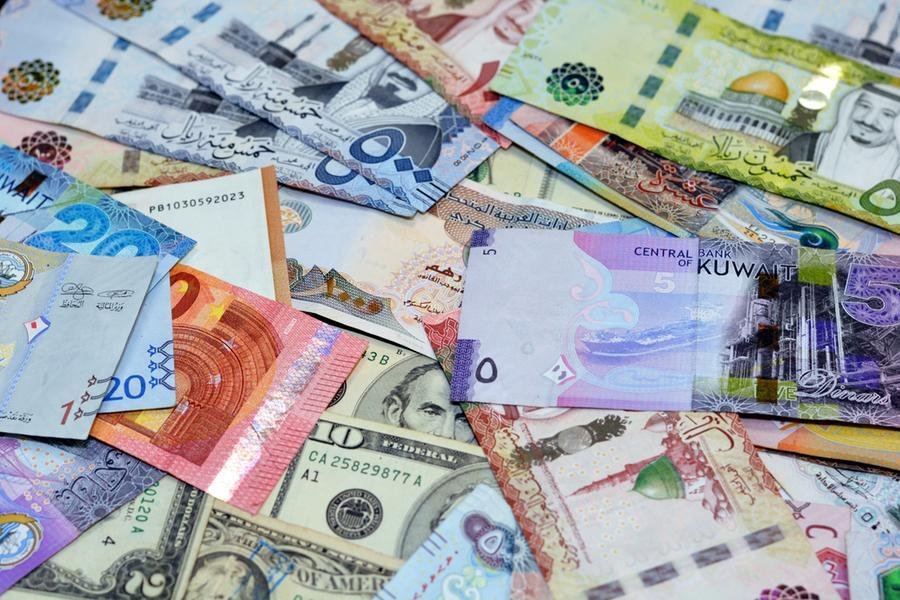MUSCAT – The data released by the Statistical Centre for the Cooperation Council for the Arab Countries of the Gulf (GCC-Stat) indicate that the total reserve assets of the Gulf Cooperation Council (GCC) countries amounted to US$804.1 billion by the end of the first half of 2024, with a growth rate of 7.5% compared to the figures recorded at the end of the previous year.
These reserve assets accounted for 4.9% of the total global reserve assets. The statistics also revealed that the GCC countries ranked fifth in terms of the size of international reserve assets after China, the European Union, Japan and Switzerland.
According to the data issued by the Centre, this growth is attributed to the increase in oil revenues, in addition to the rise in the prices of financial assets in global markets. The average price of Brent crude during the first half of 2024 reached about $84 per barrel, which in turn constitutes the largest portion of financial resources of the GCC countries.
The GCC-Stat revealed that the total assets of commercial banks operating in the GCC Countries at the end of the first half of 2024 amounted to about US$4.3 trillion, with an increase of 8.4% compared to the total assets recorded at the end of 2023.
Foreign reserve assets include monetary gold, special drawing rights, reserves with the International Monetary Fund and foreign exchange, in addition to deposits and securities investments abroad. Foreign reserve assets are considered a measure of a country’s ability to cover imports, enhance confidence in the country’s monetary policy, support the stability of the national currency exchange rate, and absorb economic shocks in general, whether local or global.
Since the strength of a country’s foreign reserve is measured by the number of months it covers the volume of imports, the GCC Countries’ foreign reserve assets cover their total commodity imports for approximately 15 months, which is three times higher than the global average set by the International Monetary Fund at 3 to 6 months.
The data released by the Centre also indicate that bank deposits with commercial banks operating in the GCC Countries rose to about US$2 trillion by the end of the first half of 2024, which is the highest level of bank deposits in the history of the Gulf banking sector, with an increase of 6.2% compared to its size at the end of 2023, and about 9.9% compared to the first half of 2023.
The total loans provided by commercial banks operating in the GCC countries at the end of the first half of 2024 amounted to about US$1.966 billion, with an increase of 8.3% compared to their size at the end of the first half of 2023, and about 5.1% compared to their size at the end of 2023. The percentage of loans allocated to the private sector across the GCC countries reached 81.1%.
On the other hand, the money supply in the GCC countries has increased significantly over the past few years. The size of the money supply in its narrow sense, which consists of demand deposits that an individual can withdraw from a bank without prior notice and cash in circulation outside banks, i.e. cash held by the public, reached about US$781 billion by the end of the first half of 2024, with an increase of 2.7% compared to the end of 2023. The size of the broad money supply, which includes the narrow money supply plus quasi-cash deposits such as time deposits and savings deposits in local and foreign currency, amounted to about US$1.705 billion, up by 5.8%.
The money supply in its broad sense measures the volume of local liquidity in the economy. It has a positive impact on economic performance. The increase in the balance of the money supply in its broad sense often results in strengthening and increasing the real gross domestic product.
The increase in money supply came as a result of the growth of all its components. Cash in circulation outside banks and demand deposits increased by the end of the first half of 2024 by 7.4% and 7.2% respectively compared to the end of 2023. Quasi-cash deposits (time savings) also increased by 4.6% during the same period.
Quasi-cash deposits accounted for about 54.1% of the money supply, while demand deposits constituted about 39.4% and cash in circulation outside banks contributed the remaining percentage.







